Good day!
I would like to ask a question regarding recutting gemstones. As I've come to understand sellers are charging gemstones based on carat weight if comparing equal quality gems with different carat weights.
Let's say I got a 4 carat unheated "Royal Blue" sapphire with a bad cut which I would like to give a full recut, which would bring the sapphire down to 2 carats. Then would the value of the gem still be the same, fall, rise? The reason for asking is that I would like to recut some gems of mine but I would like to know if their value would decrease hand-in-hand with the carat weight or not. I wouldn't like to lose a lot of $$$$$, suddenly overpaying for a gem.
I would like to ask a question regarding recutting gemstones. As I've come to understand sellers are charging gemstones based on carat weight if comparing equal quality gems with different carat weights.
Let's say I got a 4 carat unheated "Royal Blue" sapphire with a bad cut which I would like to give a full recut, which would bring the sapphire down to 2 carats. Then would the value of the gem still be the same, fall, rise? The reason for asking is that I would like to recut some gems of mine but I would like to know if their value would decrease hand-in-hand with the carat weight or not. I wouldn't like to lose a lot of $$$$$, suddenly overpaying for a gem.

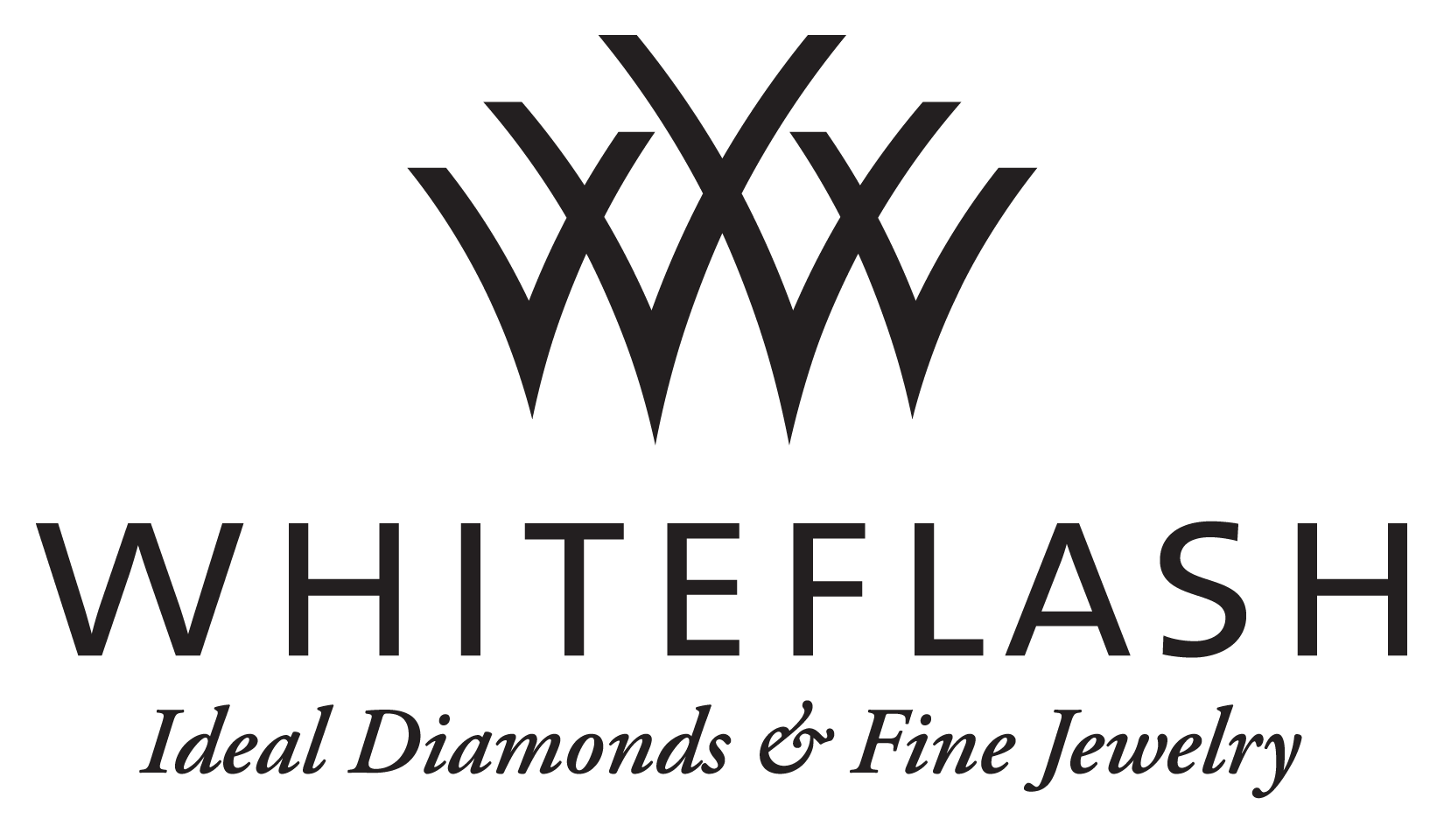
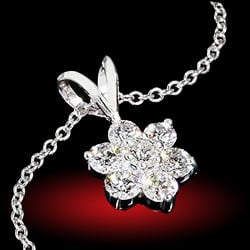
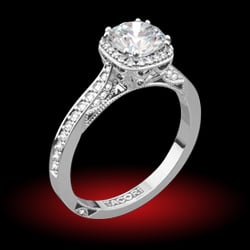
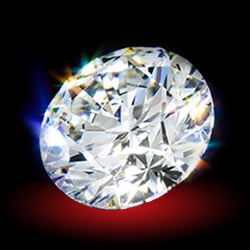
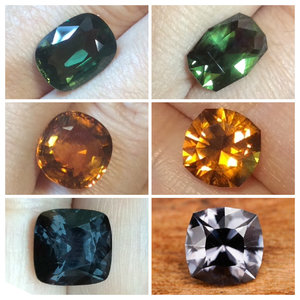
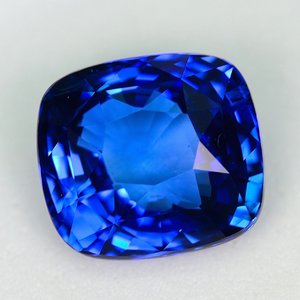
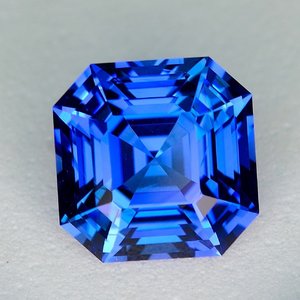
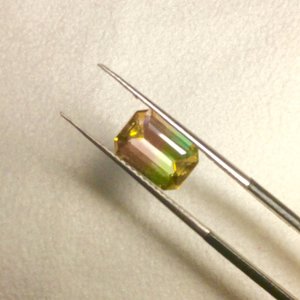
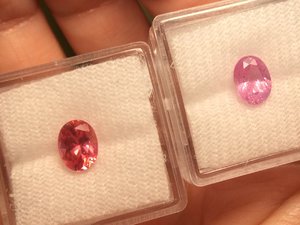
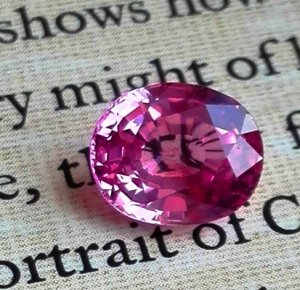
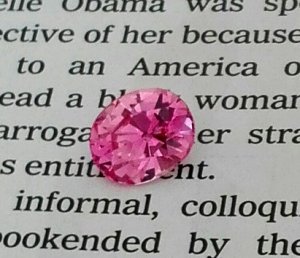
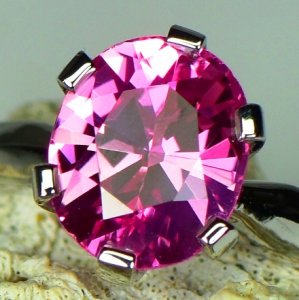


300x240.png)